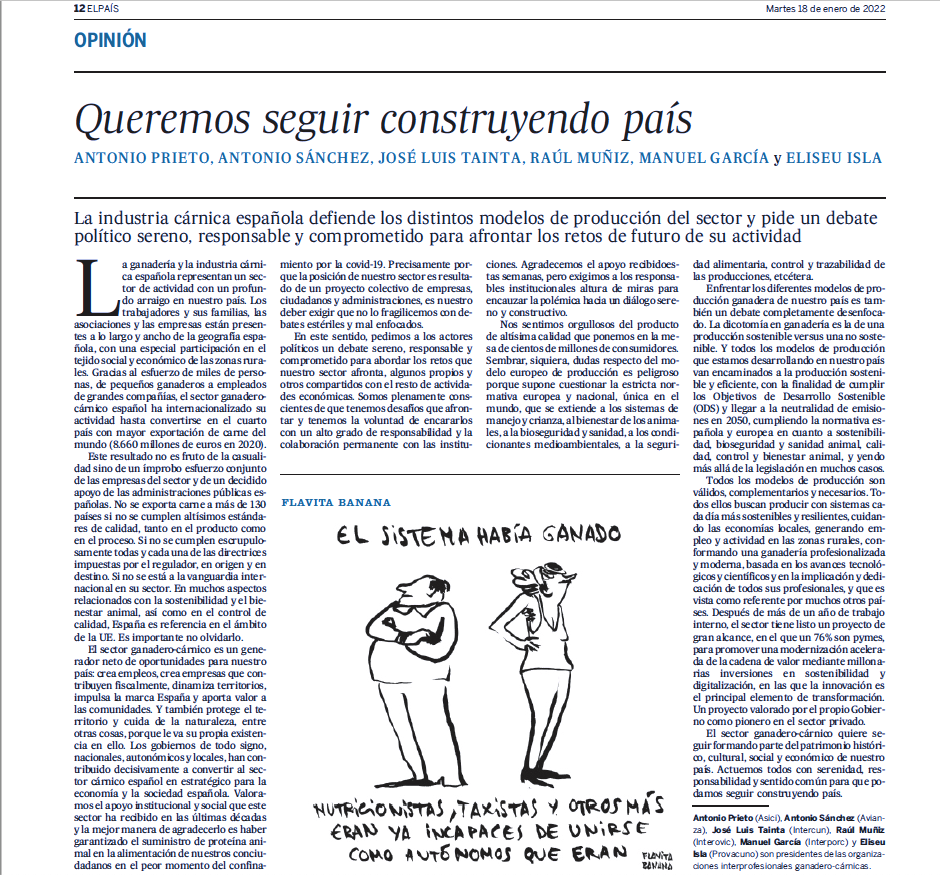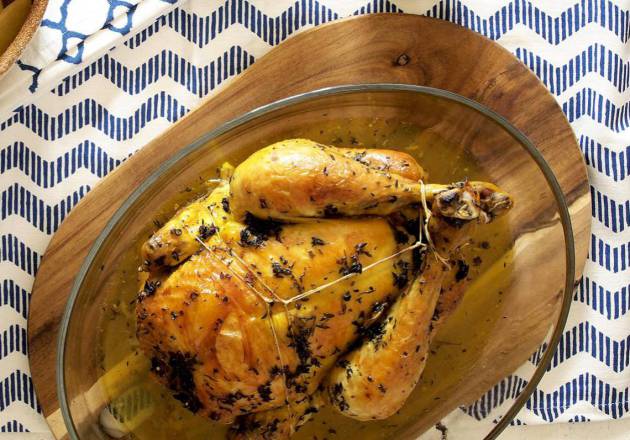After the launch of the indefinite strike last Monday in the road freight transport sector in Spain, Avianza, the Spanish Interprofessional Association of Poultry Meat, which brings together 90% of companies in the sector, sees with great concern how this situation is critically affecting both poultry breeding and product distribution in the supermarket channel of our country. .
In a sector in which time is a vital factor, access to feed is key to raising birds and closing production times at the right time. The variation in days can pose a serious problem for both animal welfare and bird management on farms, with more than 46 million chickens produced each month, 1.5 million each day. Avianza represents more than 5,000 production farms, which currently do not have the arrival of feed and other resources guaranteed.
Due to the characteristics of poultry meat, the exit of the birds to the production centers and, subsequently, to the shelves of markets, supermarkets and the HORECA channel is also critical. Not having agile transportation corridors implies a serious problem for the conservation chain, as well as for the supply of distribution channels to meet the demand of the population.
That is why at Avianza we urge the State Administrations, transport associations and organizations involved to take measures to ensure adequate minimum services and the guarantee of being able to carry out crucial work for feeding the population.


